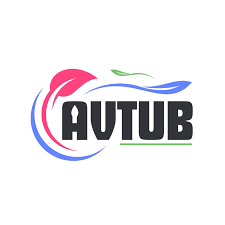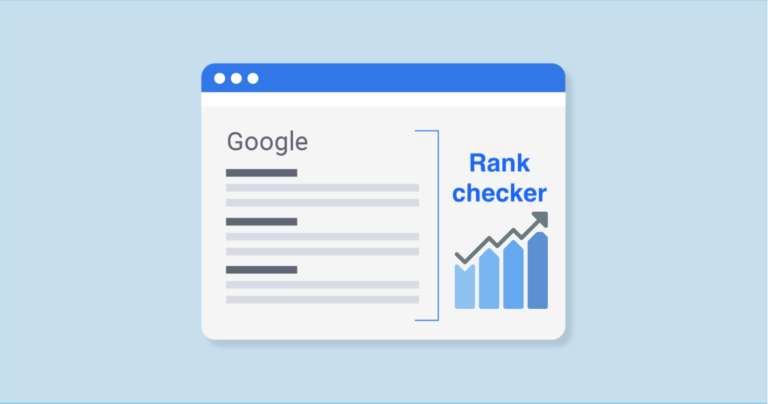
AI and Automation
As we move into an increasingly digital world, the rise of artificial intelligence (AI) and automation is reshaping industries at a rapid pace. The job market is evolving, and while some jobs are disappearing, others are emerging. But what does this mean for workers, businesses, and the future of work? In this article, we will explore the impact of AI and automation on the workforce, highlighting the skills required for the future and the steps you can take to stay ahead.
The Changing Landscape of Work
The way we work is undergoing a profound transformation. According to the World Economic Forum, it is predicted that by 2025, 85 million jobs will be lost to automation and AI. This presents a significant challenge, as more and more tasks that were once done by humans are now being automated. From coding to writing and even more complex roles, AI is capable of replacing a wide variety of tasks.
However, it’s not all doom and gloom. The same report also predicts that 97 million new jobs will be created, many of which will involve working alongside AI systems, enhancing human productivity, and creating entirely new industries. The key question to ask is not whether your job will exist, but whether you are prepared for the changes that are coming.
The Skill and Replaceability Matrix
To better understand the future of work, we can break down the workforce into four categories. Let’s call this the Skill and Replaceability Matrix. This matrix plots jobs based on two factors: skill level and the likelihood of those jobs being replaced by automation.
1. Low Skill, Low Replaceability Jobs
These jobs require minimal technical expertise but are not easily replaced by AI. They typically involve tasks that require human interaction or physical presence, such as certain types of manual labor. In some industries, automation is a long way off, and these roles remain relatively safe for now. However, this doesn’t mean they are immune to change, and industries should start preparing for the inevitable.
Example:
- Basic manual labor
- Service-oriented jobs like caregiving
2. Low Skill, High Replaceability Jobs
This category includes jobs that are easy to perform but are highly replaceable by AI or automation. Think of jobs like data entry, telemarketing, and cashier work. These are the jobs that are most likely to be replaced first as AI and automation technology improve.
Example:
- Cashiers
- Data entry clerks
While these jobs are disappearing, they also represent a shift in the labor market. Many of these roles can be replaced by more efficient AI systems, but they also open up new opportunities. For example, AI experts are needed to create and maintain the systems that replace these jobs.
3. High Skill, High Replaceability Jobs
In this category, you will find roles that require specialized skills but are at risk of automation. Some might be surprised to learn that many highly skilled jobs fall into this category, such as software engineers and middle management positions. While these jobs require a high level of education and expertise, they are vulnerable to being replaced by AI because much of the work can be automated.
Example:
- Software engineers (for repetitive tasks like coding)
- Middle management
Although these jobs are in danger, it’s not all bad news. Top professionals in this field, those who can combine their expertise with cutting-edge AI tools, will remain irreplaceable. They can use AI to automate mundane tasks, enabling them to focus on higher-level problem-solving and strategy.
4. High Skill, Low Replaceability Jobs
These are the most secure and coveted jobs in the future workforce. They require a deep level of expertise and are very difficult to automate. Think of doctors, AI engineers, or senior professionals in creative industries. While technology can help these professionals by enhancing their work, it cannot replace their judgment, creativity, or complex decision-making.
Example:
- Surgeons
- AI engineers
- Senior creative professionals (e.g., top-level designers, writers, or content creators)
People in this category are not only secure in their jobs but are also the ones leading the charge in innovation and technological development. These professionals are combining their skills with AI, creating new solutions and driving industries forward.
Adapting to the Future of Work
While AI and automation may seem threatening, they also offer enormous potential. The key to staying relevant in this changing job market is adaptability. Here are some steps you can take to future-proof your career:
1. Use Technology to Learn and Grow
AI has made access to learning resources easier than ever before. Whether you’re a beginner or an expert, there are tools that can help you improve your skills. For example, platforms like GitHub Copilot can assist software developers in writing code faster, while AI-driven research tools like Perplexity can help you gain insights into complex topics quickly.
In this new world, the most successful people will not be the ones who know the most; they’ll be the ones who can learn the fastest and adapt to new tools and technologies.
2. Learn to Automate Tasks
One of the most important skills to develop for the future of work is the ability to automate tasks. AI is not just for replacing jobs; it can also help improve your efficiency. Start by automating simple tasks. For instance, if you’re in customer service, you can use AI to handle email responses. If you’re in marketing, tools like AI-powered data analytics can help you better understand your audience and improve your strategies.
The goal is not just to be good at your job but to learn how to improve your workflow using AI tools. Companies are increasingly looking for employees who can automate processes and scale their work using technology.
3. Focus on Developing Unique, Irreplaceable Skills
While AI is incredibly powerful, there are certain skills that it cannot replicate. Jobs that require human creativity, empathy, and judgment will remain valuable. For example, doctors and lawyers are using AI to augment their decision-making processes, but the human touch remains essential in their work.
In creative fields, AI is already performing tasks like writing, designing, and even editing. However, top-tier professionals in these fields are setting themselves apart by building communities, understanding their audiences, and creating innovative content that resonates deeply with people. This combination of human creativity and technology gives them an edge over AI.
The Bottom Line: AI Will Take Tasks, Not Jobs
It’s easy to fear that AI is coming to take your job, but the truth is that AI is here to take tasks, not entire jobs. As AI takes over repetitive, mundane, or dangerous tasks, it creates new opportunities for people to engage in higher-value work. The key to remaining relevant in the workforce is to continuously adapt, learn, and leverage AI as a tool to enhance your work.
The future of work is not about avoiding automation—it’s about embracing it. By staying ahead of the curve and using AI to your advantage, you can ensure that your career remains strong and future-proof.
Conclusion: Embrace Change and Seize Opportunities
AI and automation are undoubtedly transforming the world of work, but they also bring about exciting possibilities. Instead of fearing these changes, we must learn to work alongside them. By focusing on developing skills that are hard to automate, using AI to enhance productivity, and staying adaptable, you can shape your career in ways that will thrive in the future. The future of work isn’t just about survival; it’s about leading the way in innovation and growth.


